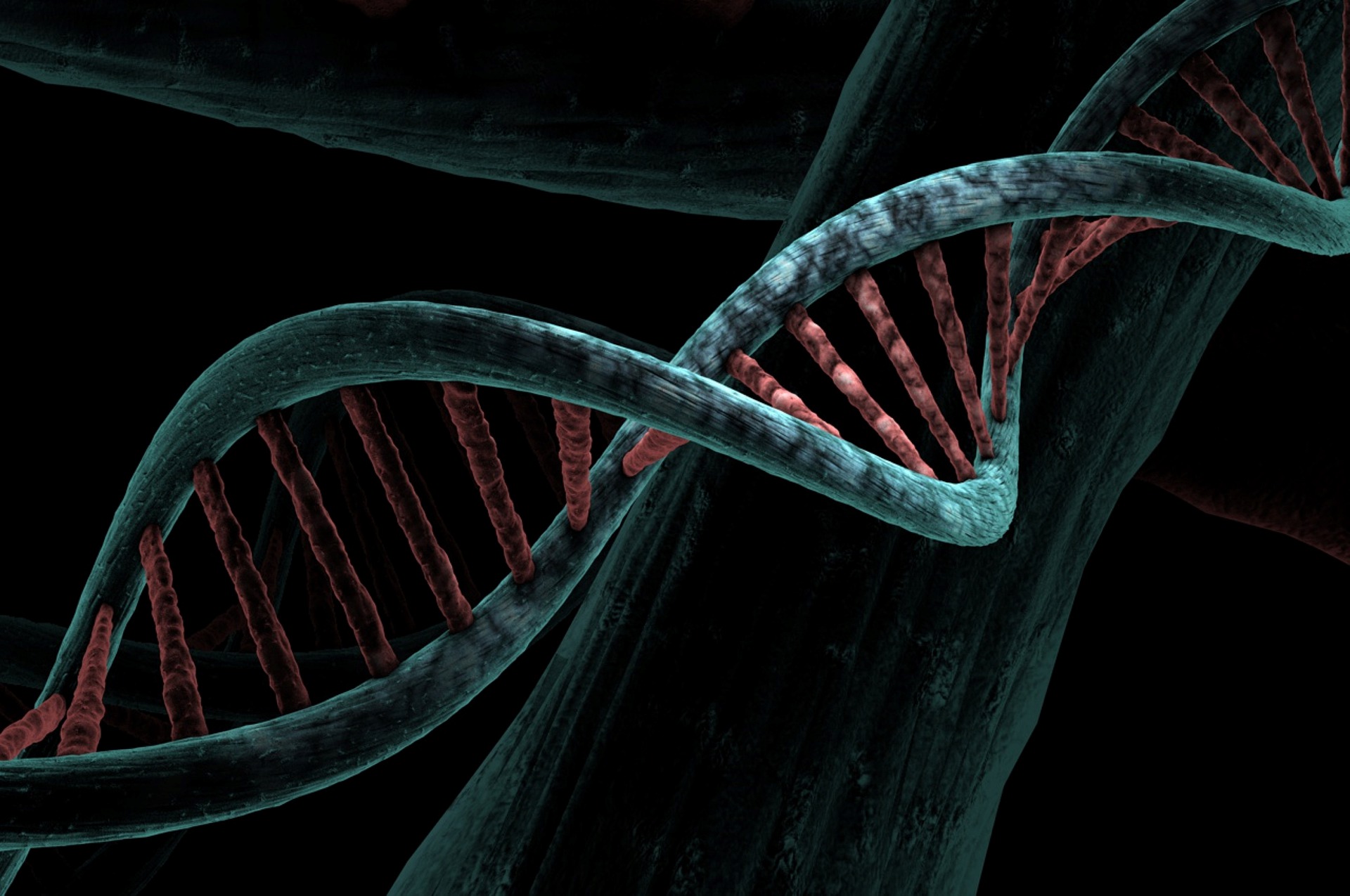Genetic Diversity: A Guide for Breeders
Maintaining genetic diversity is vital for keeping animals healthy and strong. This guide explains the importance of genetic diversity, the risks of inbreeding, and how to breed responsibly.
Why Genetic Diversity Matters
Genetic diversity means having a wide variety of genes in a breeding group. This helps in breeding animals that are healthier, better at adapting to environmental factors, and less likely to develop a disease. Without it, the lack of genetic diversity can lead to serious health problems and a weaker breeding pool.
Key Benefits Include:
• Stronger Immune Function: A mix of genes helps animals resist diseases and stay healthy. This reduces the need for extra health care.
• Fewer Genetic Diseases: A larger gene pool lowers the risk of genetic conditions that harm an animal’s well-being.
• Better Adaptability: Animals with diverse genes handle changes in the environment better, such as new diseases or climate shifts.
• Healthier Offspring: Maintaining genetic diversity improves fertility and produces stronger, healthier animals.
The Risks of Inbreeding
Inbreeding happens when closely related animals mate. While some breeders use it to enhance certain traits, the effects of inbreeding can lead to severe health and behavioral problems.
Potential Risks Include:
• Higher Risk of Genetic Disorders: Related animals are more likely to pass harmful genes to their young, increasing the chance of genetic diseases like heart defects or blindness.
• Weaker Immune Function: A lack of diversity makes animals more vulnerable to environmental factors and infections.
• Behavior Problems: Inbreeding can cause aggression or fearfulness, making animals harder to manage.
• High Costs: Animals with genetic conditions often need extra care, which can be expensive.
Best Practices for Maintaining Genetic Diversity
Breeders can take steps to protect genetic diversity and ensure their animals stay healthy. Here are some tips:
1. Outcrossing
Outcrossing means breeding animals that are not closely related. This adds new genetic material to the group and reduces health risks.
Benefits:
• Healthier animals.
• Improved adaptability to environmental factors.
• Stronger immune systems.
How to Do It:
• Find unrelated animals for breeding.
• Work with breeders from different areas.
• Check test results for signs of improved health in offspring.
2. Genetic Testing
Genetic tests provide vital genetic information to identify risks and select the best breeding pairs. Using test results can prevent the spread of harmful genes.
Types of Genetic Testing Include:
• Screening for genetic diseases common in certain breeds.
• Blood tests or genome sequencing to detect hidden risks.
• Testing immune function and general health.
Why It Helps:
• Reduces the risk of genetic disorders.
• Ensures healthier future generations.
• Supports better breeding decisions.

3. Avoiding Popular Sire Syndrome
Using one male too often in breeding programs can reduce genetic diversity. This increases the risk factors for inherited genetic conditions over time.
How to Avoid This:
• Use a variety of males in the breeding pool.
• Limit how often a single male is used.
• Choose sires based on genetic diversity, not just appearance.
4. Expanding the Breeding Pool
Small breeding groups can lose genetic diversity. Bringing in new animals helps protect the genetic material in the group and reduces risks.
Tips to Expand the Pool:
• Trade breeding animals with other breeders.
• Import animals from wild populations or different regions.
• Collaborate with genetic counselors to improve diversity.
Collaboration Is Key: Working with other breeders ensures a stronger, healthier breeding pool for everyone.
The Role of Genetic Preservation Programs
Genetic preservation programs store genetic material, like sperm and eggs, to protect diversity for the future. These programs are especially important in the United States for rare and endangered breeds.
Key Methods:
• Freezing Genetic Material: This ensures access to diverse genes even after an animal is gone.
• Conservation Projects: These programs save rare breeds by managing genetic information carefully.
Examples:
• Nonprofits focused on rare species.
• Veterinary collaborations for storing and using genetic material.
• National registries promoting healthy breeding practices.
Educating Future Breeders
Protecting genetic diversity needs teamwork and education. New breeders must learn about maintaining genetic diversity and its role in breeding animals responsibly.
Ways to Teach:
• Workshops and Classes: Explain how genetic counseling and testing improve breeding programs.
• Online Guides: Share simple resources about the effects of inbreeding and ways to prevent genetic diseases.
• Mentoring Programs: Experienced breeders can guide newcomers on ethical and effective breeding practices.
Why Genetic Diversity Matters for Animal Welfare
Genetic diversity doesn’t just help breeders—it also makes animals healthier and happier. Healthier animals mean fewer genetic conditions, better immune function, and lower costs for health care.
How Breeders Can Help:
• Use genetic tests to make better breeding decisions.
• Share knowledge about the importance of genetic diversity.
• Support efforts to save rare breeds and maintain healthy breeding pools.

Take Action Today!
Healthy, diverse animals are the future of breeding. By following practices like outcrossing, genetic testing, and working with preservation programs, you can reduce the risk of genetic disorders and create a stronger future for your animals.
Start Now: Learn more with our resources or contact us for advice. Together, we can ensure animals stay healthy for generations to come.

No Comments ( as of 2/5/2025 3:29:30 PM )